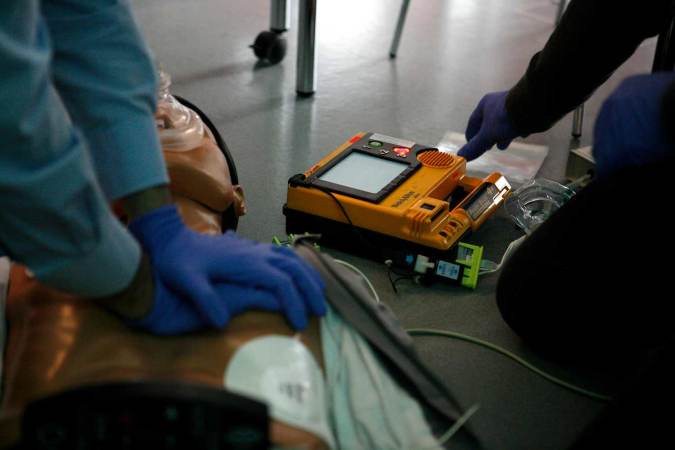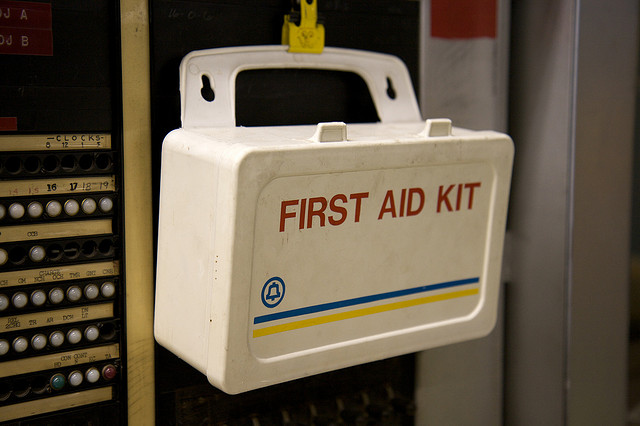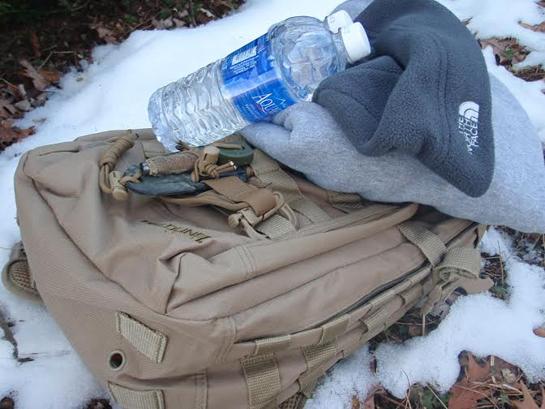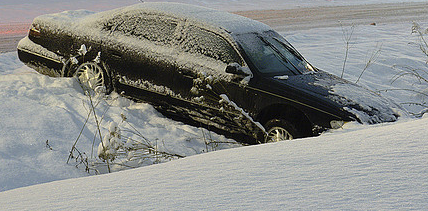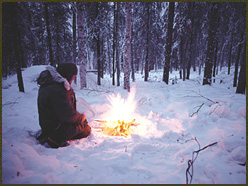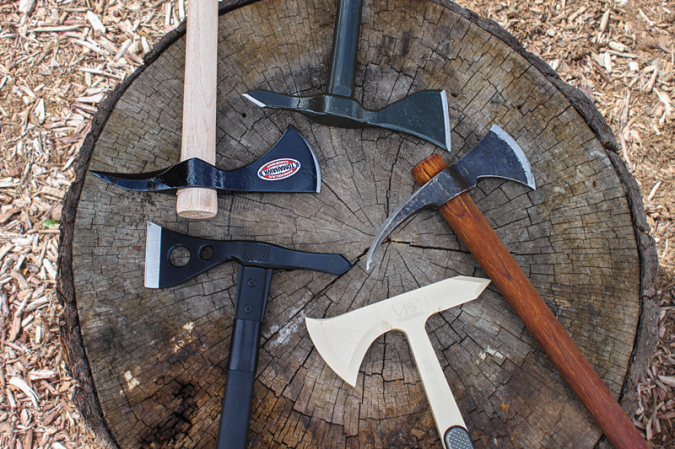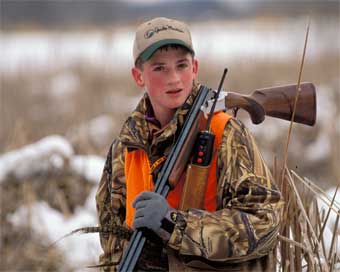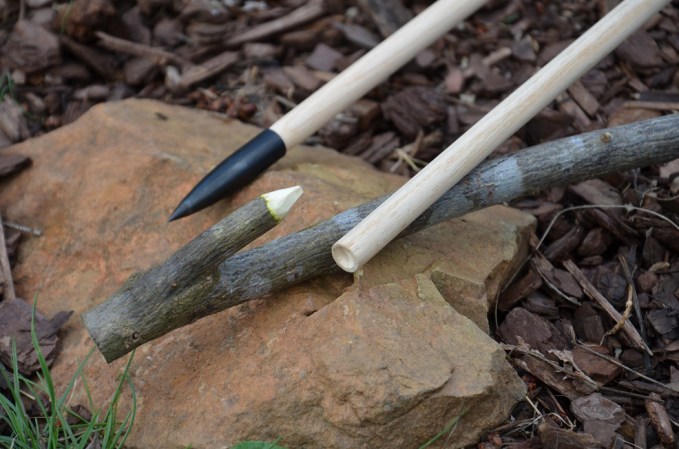Every outdoor enthusiast has probably had a touch of hypothermia at one point or another, and perhaps you’ve had more than just a touch. This dangerous cooling of the body occurs when a person’s body core temperature drops below 95 degrees Fahrenheit.
Water, wind, and cold temperatures can work against you, causing the loss of critical body heat. But how do you spot this condition in yourself or others?
My favorite quick self test is to check the dexterity of my hands. Assuming you don’t have arthritis or some other limitation that would keep you from touching your thumb to its neighboring fingers, you can see how nimble your fingers by attempting to touch my thumb to each fingertip on that same hand. Even with hypothermia, you may be able to touch the tip of your thumb to the tip of that hand’s index finger or middle finger, but if it’s taking a lot of work to get your thumb and ring finger to touch, or if your thumb and pinky finger cannot touch, you are on the track to hypothermia. The science behind this may seem a little murky, but it makes sense once you think about it. Your hands and forearms are slender extremities compared to the rest of your body. When the forearm muscles get cold, they have a hard time generating finger movement. If your arms are getting cold, it’s likely that the rest of your body is cold, too.
There are also some more traditional signs that you can watch for in yourself and others:
– Shivering
– Confusion and slurred speech
– Numbness or tingling in the skin
– Clumsiness or a lack of coordination
– Pale skin and/or blue-colored lips, ears, fingers and toes
Severe hypothermia can cause difficulty speaking; trouble walking or moving; amnesia; extreme tiredness; and irrational behavior like removing clothing and burrowing into snow, sand, or other loose material.
Rewarming the victim is the primary treatment for someone with hypothermia, and there are several ways this can be done.
Passive External Rewarming uses a person’s own heat-generating ability to warm them back up. Get them out of wet clothes, and into some properly insulated dry clothing and a warm environment. Have them eat a bit of high-calorie food, and sip a warm beverage.
Active External Rewarming uses warming devices like a hot water bottle in both armpits or between the thighs. A hot bath could cause a heart attack or shock, though, so don’t take external warming too far.
Ever had hypothermia? How did you recover? Please tell your tale in the comments.




